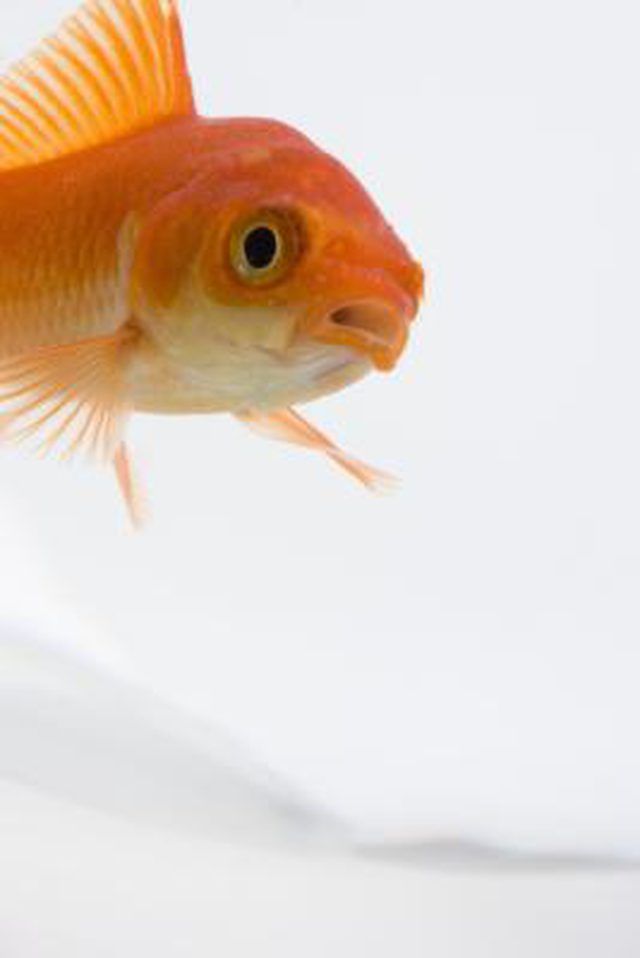Bulbs
Flower Basics
Flower Beds & Specialty Gardens
Flower Garden
Garden Furniture
Garden Gnomes
Garden Seeds
Garden Sheds
Garden Statues
Garden Tools & Supplies
Gardening Basics
Green & Organic
Groundcovers & Vines
Growing Annuals
Growing Basil
Growing Beans
Growing Berries
Growing Blueberries
Growing Cactus
Growing Corn
Growing Cotton
Growing Edibles
Growing Flowers
Growing Garlic
Growing Grapes
Growing Grass
Growing Herbs
Growing Jasmine
Growing Mint
Growing Mushrooms
Orchids
Growing Peanuts
Growing Perennials
Growing Plants
Growing Rosemary
Growing Roses
Growing Strawberries
Growing Sunflowers
Growing Thyme
Growing Tomatoes
Growing Tulips
Growing Vegetables
Herb Basics
Herb Garden
Indoor Growing
Landscaping Basics
Landscaping Patios
Landscaping Plants
Landscaping Shrubs
Landscaping Trees
Landscaping Walks & Pathways
Lawn Basics
Lawn Maintenance
Lawn Mowers
Lawn Ornaments
Lawn Planting
Lawn Tools
Outdoor Growing
Overall Landscape Planning
Pests, Weeds & Problems
Plant Basics
Rock Garden
Rose Garden
Shrubs
Soil
Specialty Gardens
Trees
Vegetable Garden
Yard Maintenance
How to Care for the Nematanthus Gregarius Gold Fish Plant
How to Care for the Nematanthus Gregarius Gold Fish Plant. Its bright orange flowers really do look like goldfish, which is the origin of the common name of the plant known botanically as Nematanthus gregarius. Native to the rainforests of Brazil, the goldfish plant grows upright when it is young, but the branches flop over and it appears to trail...

Its bright orange flowers really do look like goldfish, which is the origin of the common name of the plant known botanically as Nematanthus gregarius. Native to the rainforests of Brazil, the goldfish plant grows upright when it is young, but the branches flop over and it appears to trail as it ages. The leaves and stems are thick, fleshy and somewhat succulent-looking. Check the plant frequently for mealybugs and spider mites, two insect pests that plague members of the Nematanthus genus.
Things You'll Need
Fluorescent grow light
Electric humidifier
Balanced, water-soluble plant food
Commercial potting soil
Pruning clippers
Grow your goldfish plant in the filtered sunlight of a south-facing window. Light levels that are too low will prevent the goldfish plant from blooming. In the far north, put a grow light near the plant and keep it on at least 12 hours a day. In tropical areas where no danger of frost exists, grow the goldfish plant in partial shade.
Maintain ambient daytime room temperatures above 65 degrees F and no cooler than 55 degrees at night. These are minimum temperatures; goldfish plant prefers hot weather.
Water your goldfish plant when the surface of the soil feels dry to the touch, approximately twice a week. Water thoroughly so the water runs out of the drainage holes at the bottom of the pot.
Provide extra humidity indoors by running an electric humidifier in the room the goldfish plant is growing in. Although misting is beneficial, it does not provide the consistent high levels of humidity that the goldfish plant needs to thrive.
Fertilize the plant monthly during the growing season with a balanced, water-soluble plant food mixed following the manufacturer's label directions. Do not feed the goldfish plant during the winter months, unless the new leaves grow in small and the color seems faded. In this case, give the plant a dose of the water-soluble plant food mixed at half the manufacturer's recommended strength. Resume feeding with full-strength solution when more active and robust growth begins or when the days lengthen in late winter.
Plant goldfish plant in a rich, fertile, well-draining soil that retains moisture. A commercial potting soil specially mixed for African violets works well for the goldfish plant. It will even grow in a soilless potting mix, especially when grown as an indoor potted plant.
Tips & Warnings
Prune the tips of the branches if the plant begins to look a little leggy. It will soon branch out and form a fuller specimen.